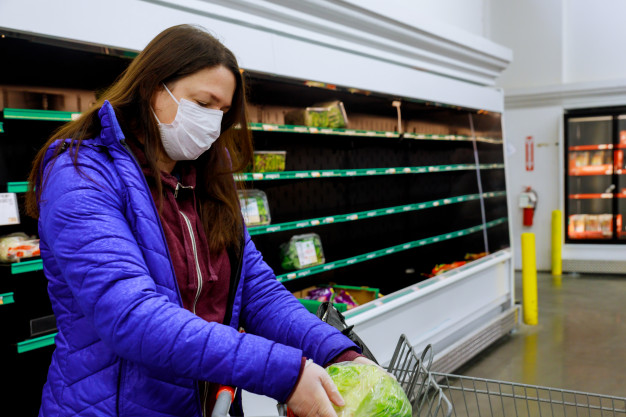Everyone has seen the COVID-19-driven shopper stampedes at major merchants across the U.S., including grocery stores and big box multi-product retailers. Today, Target reported that year-over-year (YOY) comp sales for March have increased by 20% so far.
A further breakdown shows food and beverage sales rose an eye-popping 50%, while apparel and accessories declined by 20% for the YOY comparison. Sounds great, but the catch is that Target anticipates taking a profit hit of an undisclosed amount for the current quarter.
The problem is that intensive cleaning, stocking shelves, fulfilling online orders, and supply chain management are taking up vast labor and overhead resources. Other mega-retailers, including Walmart and Amazon, are looking for worker reinforcements for these activities as well. Businesses of all sizes will be in uncharted waters for some time until mitigation results for COVID-19 are better understood.
The following Wall Street Journal article reports more on this topic:
Target Corp. said sales of food and household goods are surging because of the coronavirus pandemic, but the retailer may report lower-than-expected profits as demand falls for high-margin goods such as apparel and it becomes more expensive to staff and clean stores.
Comparable sales, those from stores and digital channels operating for at least 12 months, are up more than 20% thus far in March compared with the same period last year. Sales of household essentials, food and beverages have risen more than 50% during that time, while sales of apparel and accessories have declined more than 20%.
Target, Walmart Inc., Amazon.com Inc. and other retailers selling groceries and cleaning products have struggled to restock stores and handle the surge as people race to stock up as the virus spreads. Walmart and Amazon have announced plans to hire 250,000 temporary workers.
Target is also spending more than expected on worker pay and benefits because of the spike in product volume moving through its supply chain and the need for more-rigorous cleaning routines, the company said. The company expects those changes to cost more than $300 million during the current quarter.
Overview by Raymond Pucci, Director, Merchant Services at Mercator Advisory Group
